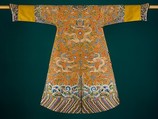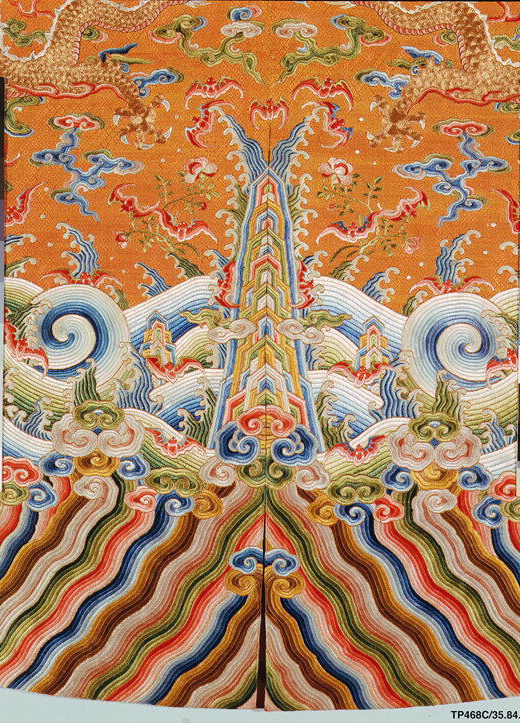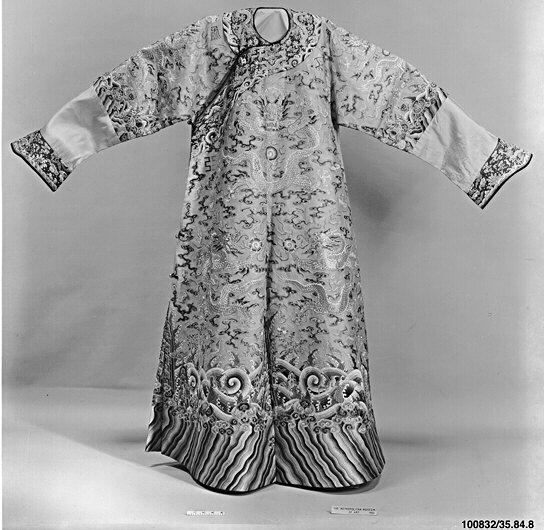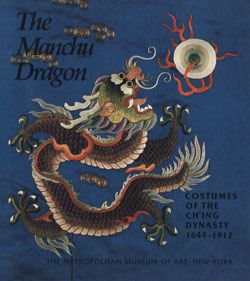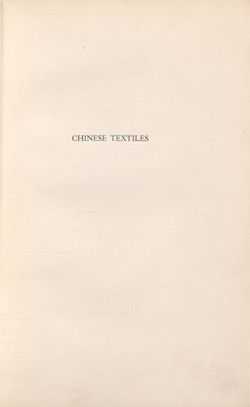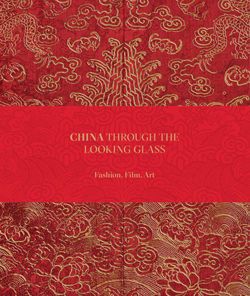Festival Robe
Not on view
A festival robe, or jifu pao, was worn during festivals, banquets, and other events held in the periods preceding significant sacrificial ceremonies. Only those woven for the emperor, their consorts, and the crown prince were called a “dragon robe” (longpao), and decorated with five-clawed dragons and certain auspicious symbols. The sun, moon, constellation, mountain, dragons, flowery bird, sacrificial cups, waterweed, millet, fire, ax, and the symbol of discrimination "fu," seen on this robe, were reserved exclusively for imperial robes, as was the bright yellow color. They represent the emperor’s control over all elements of the universe. The powerful, vibrant, and fierce dragons embroidered on this robe date it to the second half of the eighteenth century, implying that it might have been made for the Emperor Qianlong (reigned 1736–95), one of the most famous rulers of the Qing dynasty.
Due to rights restrictions, this image cannot be enlarged, viewed at full screen, or downloaded.
This artwork is meant to be viewed from right to left. Scroll left to view more.
